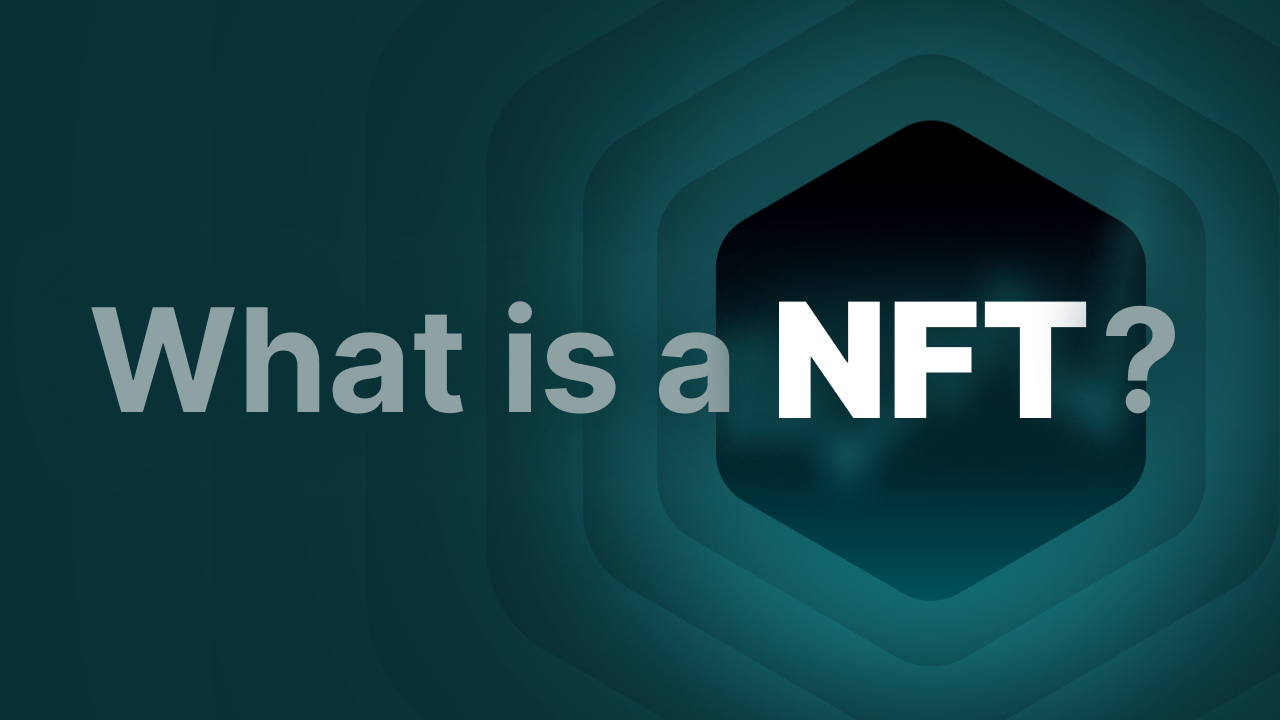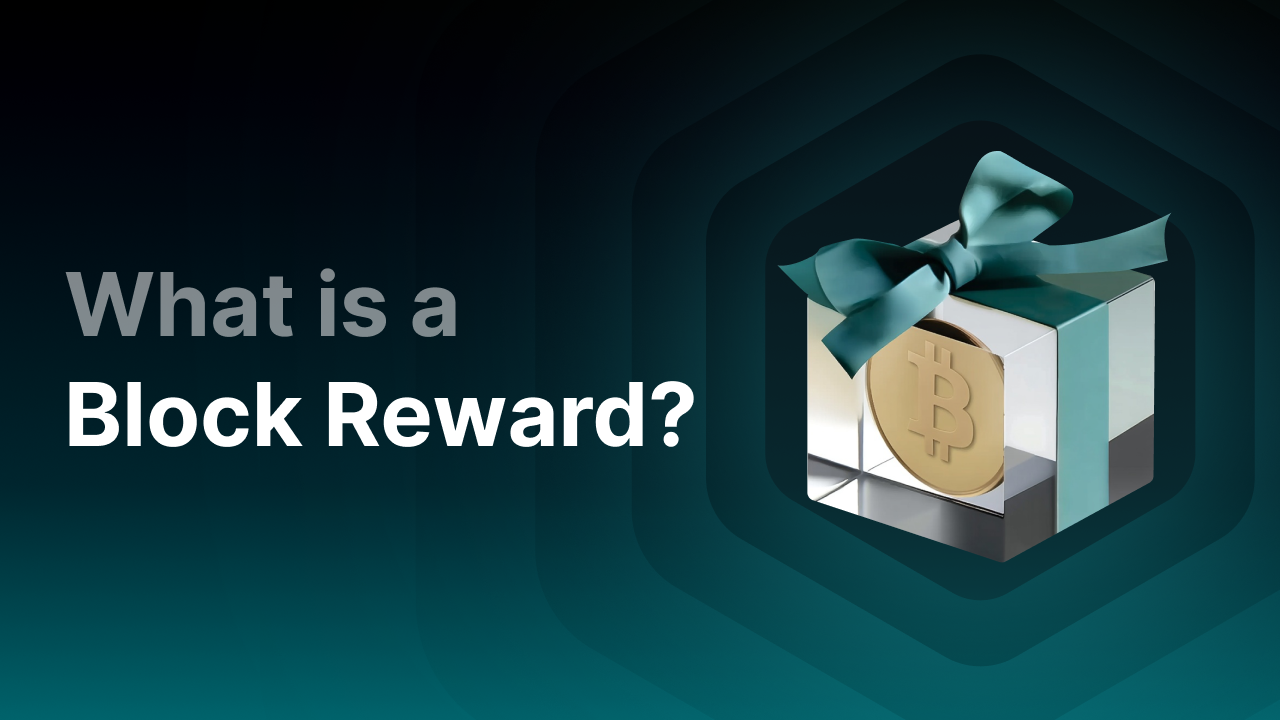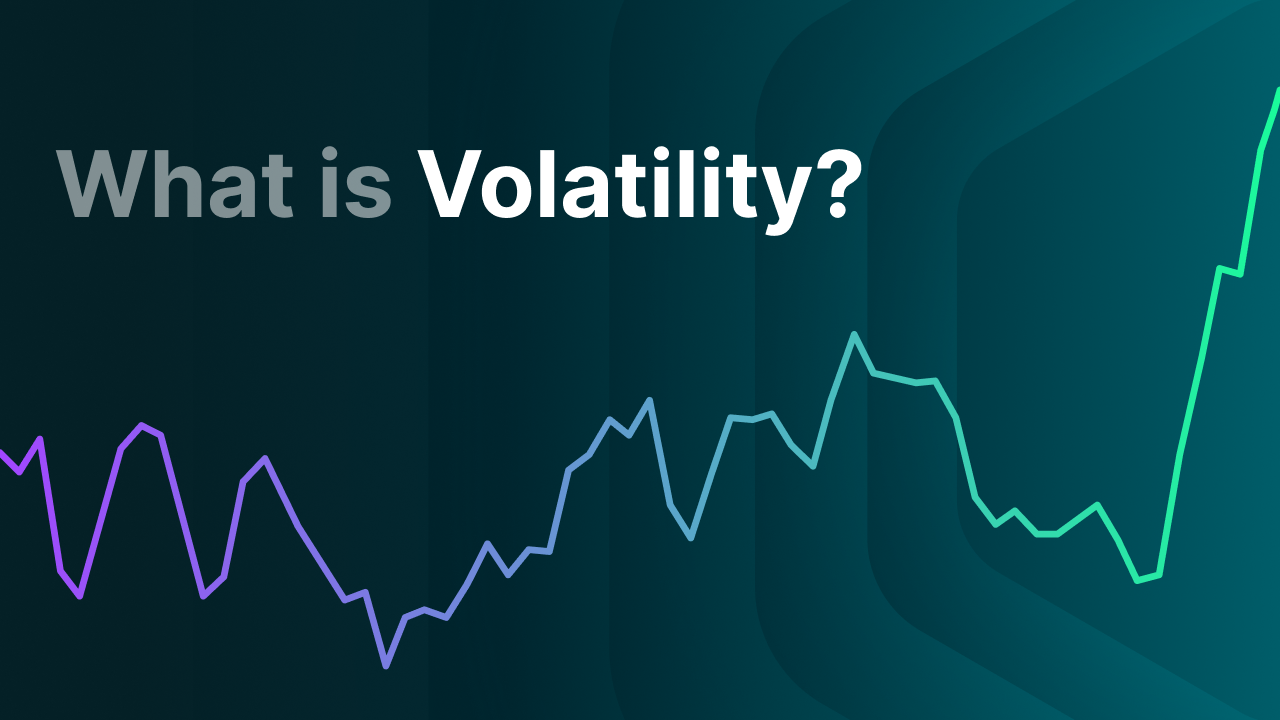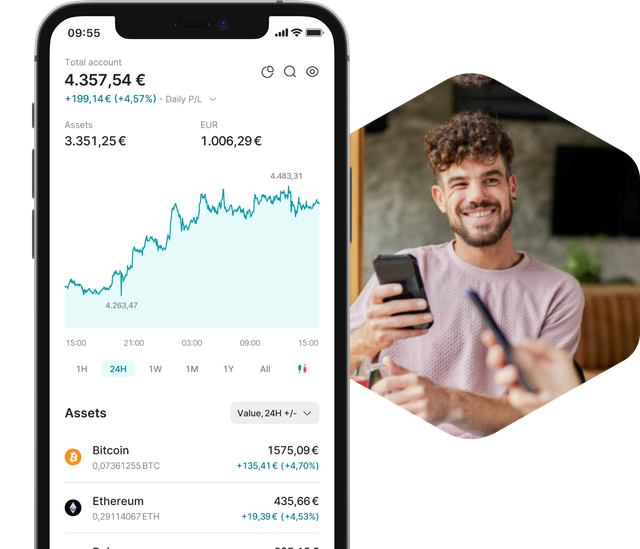Tout ce que vous devez savoir sur les non-fungible tokens

Qu'est-ce qu'un non-fungible token (NFT) ?
Les non-fungible tokens (NFT) sont des actifs tels que l'art numérique ou le contenu numérique tokenisés via une blockchain. Les tokens ont un identifiant unique et sont compilés sur la base de métadonnées. Ces tokens sont ensuite stockés sur la blockchain. Vous pouvez donc considérer un NFT comme une collection numérique.
La plupart des crypto-monnaies sont fongibles, ce qui signifie que vous pouvez les couper en très petits morceaux. Par exemple, vous pouvez acheter ou vendre 0,003245 bitcoin. Un NFT, en revanche, est presque toujours égal à 1 de lui-même. Vous ne pouvez donc pas acheter ou vendre la moitié d'un NFT.
Les crypto-monnaies sont similaires aux NFT en ce sens qu'elles sont toutes deux sécurisées sur des réseaux de blockchain. La principale différence réside dans le fait que les crypto-monnaies sont fongibles ou échangeables. S'il n'y a pas de différence significative entre un bitcoin et un autre, il n'y a pas non plus deux NFT identiques.
À retenir
- NFT signifie non-fungible token : une preuve numérique unique de propriété.
- Les NFT fonctionnent sur des blockchains et sont souvent utilisées pour l'art numérique, les objets de collection et dans les jeux.
- Vous pouvez acheter, vendre ou détenir des NFT, principalement avec des crypto-monnaies comme l'Ethereum.
- La valeur dépend de la rareté, de l'engouement, de la communauté et de l'utilité.
- Ils sont populaires, mais aussi spéculatifs et risqués - soyez donc prudents.
Histoire des non-fungible tokens (NFT)
Les NFT existent peut-être depuis plus longtemps que vous ne le pensez. La première NFT a été vendue en 2014. Il a été conçu par Kevin McKoy. Il a été officiellement créé sur la blockchain Namecoin, puis réimprimé sur Ethereum.
La plupart des NFT sur Ethereum utilisent la norme ERC-721. Cette norme définit, entre autres, comment la propriété est transférée, comment les transactions sont confirmées et comment les applications doivent traiter les transferts sécurisés. Plus tard, la norme ERC-1155 a également été introduite. Elle permet de regrouper plusieurs NFT dans un contrat intelligent, ce qui garantit une réduction des coûts de transaction.
Les personnes qui sont sur le marché des cryptocurrency depuis un peu plus longtemps s'en souviennent peut-être, les CryptoKitties. Il s'agissait de l'un des premiers projets de NFT vraiment populaires, construit sur la blockchain Ethereum. Il s'agissait d'images de chats numériques dotés de certaines propriétés, dont certaines étaient très rares et valaient naturellement plus cher. Les chats pouvaient même se reproduire, ce qui vous permettait de créer un nouveau chat avec de nouvelles propriétés. Les NFT sont devenus si populaires que des millions d'Ethereum ont été échangés en l'espace d'une semaine de Pâques.
En 2017, il y a eu un autre engouement de ce type. À savoir Decentraland, il s'agissait d'un jeu où les gens pouvaient acheter et vendre des morceaux de terre numérique. Ainsi, vous possédiez ce morceau de terre tout comme vous possédez une maison dans le monde réel. Pour certains, cela semble très fou, mais pour de nombreux investisseurs, il s'agissait d'un nouveau développement intéressant.
Après le succès des premiers NFT sur Ethereum, d'autres blockchains ont commencé à développer leurs propres protocoles NFT. Aujourd'hui, les NFT sont là pour rester. Il existe des milliers de projets de NFT sur différentes blockchains et ce nombre continue d'augmenter chaque jour.
Comment fonctionnent les NFT
Les NFT sont créés par le biais d'un processus appelé "minting", au cours duquel les informations relatives à l'objet sont cryptées et stockées sur une blockchain. En gros, le processus de minage implique la création d'un nouveau bloc, la vérification de l'info NFT par le biais d'un validateur et la fermeture du bloc. Ce processus de frappe utilise souvent des smart contracts qui attribuent la propriété et régulent les transferts de NFT. Ainsi, lorsque vous achetez un NFT, vous recevez en fait une sorte de certificat numérique de propriété.
Lorsque les tokens sont frappés, ils reçoivent un identifiant unique qui est directement lié à une adresse blockchain. Chaque token a un propriétaire et les informations relatives à la propriété (c'est-à-dire l'adresse où se trouve le token frappé) sont publiques. Même si 10 000 NFT d'exactement le même article sont frappés (comme des billets pour un film), chaque token a un identifiant unique et peut être distingué des autres.
De nombreuses blockchains peuvent créer des NFT, mais elles peuvent porter un nom différent. Sur la blockchain Bitcoin, par exemple, ils sont appelés Ordinaux. Comme un NFT basé sur Ethereum, un Ordinal Bitcoin peut être acheté, vendu et échangé. La différence est qu'Ethereum crée des tokens pour l'actif, tandis que les Ordinaux ont des numéros de série (appelés identifiants) attribués aux Satoshi (la plus petite dénomination de bitcoin). Les NFT sont donc principalement utilisés sur Ethereum ou d'autres protocoles de la layer.
Blockchain et fongibilité
Comme l'argent liquide, vous pouvez simplement échanger la plupart des crypto-monnaies entre elles ; un bitcoin vaut autant qu'un autre bitcoin sur un exchange. Mais avec les NFT, les choses fonctionnent différemment. Par exemple, un NFT peut coûter 10 euros, tandis qu'un autre (un peu plus rare) peut valoir 100 euros.
Vous pouvez en fait considérer un NFT comme une sorte de passeport numérique pour un objet unique. Chaque NFT est différent et possède sa propre identité que vous ne pouvez pas simplement copier ou transférer. Parfois, vous pouvez même combiner deux NFT pour en créer un nouveau, unique. Dans le monde de la cryptographie, on appelle cela la "reproduction".
Exemples de NFT
Une grande partie du marché des NFT est axée sur l'art numérique et les objets de collection, mais le marché des NFT a mûri et il existe aujourd'hui beaucoup plus d'options. Vous trouverez ci-dessous quelques catégories :
- Photographie : Les photographes peuvent symboliser leur travail et offrir la propriété de tout ou partie de celui-ci.
- Sport : Collections d'art numérique basées sur des célébrités et des personnalités sportives.
- Cartes d'échange : Cartes à collectionner numériques à jetons. Certaines sont des objets de collection, tandis que d'autres peuvent être utilisées dans les jeux vidéo (pensez aux objets rares).
- Adhésion : Les NFT qui peuvent représenter une adhésion ou donner accès à un contenu spécifique.
- Mondes virtuels : Les NFT pour les jeux vous permettent de tout posséder, des vêtements de l'avatar à la propriété numérique (pensez à Decentraland).
- Art : Une catégorie générale de NFT couvrant tout, du pixel art à l'art numérique abstrait.
- Collectibles : Bored Ape Yacht Club, Crypto Punks et Pudgy Panda sont quelques exemples de NFT dans cette catégorie.
- Noms de domaine : NFT représentant la propriété des noms de domaine pour votre/vos website(s).
- Musique : les artistes peuvent symboliser leur musique et donner aux acheteurs les droits qu'ils souhaitent.
Avantages des NFT
L'avantage des NFT est que vous pouvez symboliser un bien sans passer par un tiers ou un intermédiaire. Vous pouvez donc numériser votre possession et échanger votre directeur. Les NFT peuvent donc être des œuvres d'art numériques ou physiques, mais aussi une possession telle qu'un billet de festival ou un ticket d'entrée. Ainsi, en tant qu'artiste ou commerçant, vous pouvez facilement et directement entrer en contact avec votre public cible sans avoir recours à des tiers.
Investir
Les NFT peuvent également être utilisés pour rationaliser les investissements. Par exemple, la société de conseil Ernst & Young a mis au point une solution NFT pour l'un de ses investisseurs dans les vins exclusifs, en stockant le vin dans un environnement sécurisé et en utilisant les NFT pour protéger la provenance.
Il existe également des parties qui donnent des jetons à des biens. Par exemple, un bien immobilier peut être divisé en plusieurs parties, ou un bâtiment entier peut être vendu en tant que NFT. Bien sûr, cette pratique n'est pas encore courante sur le marché du logement, mais il existe aujourd'hui des options qui la rendent possible. Par exemple, un entrepreneur néerlandais a vendu sa maison pour 21 bitcoins (qui valaient alors environ 40 000 dollars chacun). L'échange de biens immobiliers (ainsi que la partie bureaucratique) peut alors être simplifié en incluant les métadonnées pertinentes dans un NFT unique lié uniquement à la partie concernée du bien immobilier.
Les NFT peuvent également indiquer que vous êtes propriétaire (d'une partie) d'une entreprise, tout comme les actions. Normalement, les actions sont déjà enregistrées dans des registres avec des informations telles que le propriétaire, la date d'émission, le numéro du certificat et le nombre d'actions. Une chaîne de blocs fonctionne comme un tel registre, mais de manière numérique, distribuée et bien sécurisée. Ainsi, lorsque vous utilisez des NFT pour représenter des actions, vous faites essentiellement la même chose. Le grand avantage ? Grâce aux smart contracts, tout le processus de transfert de propriété peut se faire automatiquement. Dès que quelqu'un vend une action NFT, la blockchain s'occupe du reste. C'est simple et agréable.
Sécurité
Les NFT sont également très pratiques en matière de sécurité de l'identité. Si vous mettez des informations personnelles dans la blockchain, personne ne peut les modifier. Les informations sont enregistrées dans la blockchain et tant que la blockchain est sécurisée, les informations qu'elle contient sont donc fiables.
En outre, les NFT facilitent l'investissement collectif. Par exemple, vous pouvez diviser une œuvre d'art coûteuse en petits morceaux grâce à la tokenisation. Ainsi, vous n'avez pas besoin d'acheter l'ensemble du tableau, mais vous pouvez en posséder une partie. De cette manière, plusieurs personnes peuvent devenir copropriétaires d'un objet physique.
Inconvénients des NFT
Les NFT peuvent sembler être une panacée, mais ils présentent des inconvénients. L'un des plus grands défis est que la valeur des NFT fluctue souvent de manière importante. Ce qui vaut beaucoup aujourd'hui peut soudain valoir beaucoup moins dans quelques mois ou quelques années. L'inverse est également possible, bien sûr, mais il faut tout de même en tenir compte. Le marché est encore jeune et assez spéculatif, il est donc difficile d'estimer la valeur réelle d'un NFT à long terme.
NFT Storage
Un autre problème est que si les NFT sont techniquement sur la blockchain, les fichiers qui comptent vraiment (comme une image, une vidéo ou un certificat) sont généralement stockés ailleurs. Si cela se fait par l'intermédiaire de parties centrales, cela peut poser des problèmes. Ainsi, si ce stockage externe disparaît ou est mis hors ligne, vous pouvez toujours posséder la preuve, mais sans le contenu associé. C'est comme si vous aviez un billet pour un concert qui n'a jamais eu lieu. Il existe bien sûr des moyens décentralisés de résoudre ce problème, mais ce n'est pas le cas de tous les projets NFT.
Durabilité
Des questions se posent également en termes de durabilité. De nombreuses blockchains utilisant des NFT (comme Ethereum) consomment beaucoup d'énergie. Bien que des mesures soient prises pour améliorer ce point, il reste un sujet de critique pour de nombreuses personnes.
Fraude et escroquerie
Enfin, il y a le risque d'escroquerie et de fraude. Comme il s'agit d'un monde relativement nouveau et que n'importe qui peut facilement créer et vendre des NFT, , de nombreux escrocs sont actifs. Soyez donc toujours très attentif avant d'acheter un NFT. Peut-on faire confiance à la partie ? S'agit-il d'une plateforme fiable sur laquelle vous effectuez des transactions et croyez-vous en son avenir ? Voilà le genre de questions que vous devriez vous poser avant de faire un investissement.
Les NFT offrent donc certainement des opportunités, mais il est important de bien se documenter avant de commencer à négocier des NFT.
NFT génératifs
Les NFT génératifs sont un type particulier de NFT générés automatiquement à l'aide d'un code. Au lieu qu'un artiste crée chaque dessin à la main, un algorithme est utilisé pour créer des milliers de variations uniques basées sur des éléments prédéfinis. Pensez à des éléments tels que la couleur du fond, les accessoires, l'expression du visage, les vêtements, les objets, etc. L'artiste crée donc tous les éléments utilisés, mais c'est un algorithme qui se charge de les mélanger. En outre, des pourcentages sont souvent associés à ces actifs, par exemple une certaine paire de lunettes de soleil peut avoir un risque de chute de 1 %, tandis qu'une autre paire de lunettes de soleil a un risque de chute de 16 %. Vous obtenez donc des NFT uniques et, en même temps, un système est mis en place qui garantit une évaluation.
Un exemple bien connu est le Bored Ape Yacht Club (BAYC). Il s'agit de photos de singes, mais chaque singe a une apparence légèrement différente. Certains portent des lunettes de soleil, d'autres un chapeau ou un cigare. Au total, 10 000 de ces singes ont été générés et ils sont tous uniques. Plus la combinaison de caractéristiques est rare, plus le singe a de la valeur.
Les singes ennuyés sont devenus extrêmement populaires. Certains NFT de la collection se sont vendus pour des centaines de milliers de dollars et, en période de pointe, des singes sont même partis pour plus d'un million de dollars. Des célébrités comme Eminem, Snoop Dogg et Neymar en ont acheté un, ce qui n'a fait que renforcer le battage médiatique.
L'idée des NFT génératifs est donc simple : vous utilisez un logiciel intelligent pour créer une vaste collection d'objets numériques uniques, qui peuvent ensuite être vendus en tant que NFT. Ils sont souvent assortis d'avantages supplémentaires, tels que l'accès à des clubs en ligne exclusifs, à des événements ou à des droits de vote au sein de la communauté.
Les NFT génératifs combinent astucieusement la technologie, l'art et la communauté - mais comme pour tout dans le monde des NFT : la valeur peut fluctuer considérablement et toutes les collections génératives ne sont pas couronnées de succès.
Plates-formes de négociation NFT bien connues
Si vous souhaitez acheter ou vendre des NFT, vous devrez utiliser une place de marché de NFT. Il existe des centaines de plateformes sur lesquelles cela peut être fait, et cela dépend également de la blockchain sur laquelle vous opérez. Renseignez-vous donc toujours sur les plateformes d'échange de NFT les plus populaires avant de commencer. Après tout, certaines plateformes ne prennent en charge qu'Ethereum, tandis que d'autres prennent en charge Solana ou Bitcoin. Vous trouverez ci-dessous un aperçu des places de marché NFT les plus importantes et les plus connues, en fonction du volume de transactions et de la popularité.
1. Magic Eden
Supports : Solana (SOL), Ethereum (ETH), Base (BASE), Arbitrum (ARB), Polygon (POL), Apecoin (APE), Bitcoin (BTC), Arbitrum (ARB), Sei Network (SEI), Binance Smart Chain (BSC), Berachain (BERA), Abstract (ABS).
Pourquoi populaire : Beaucoup d'offres, rapide et convivial
Magic Eden a débuté en tant que plateforme pour les NFT sur la blockchain Solana, mais prend désormais en charge d'autres blockchains telles qu'Ethereum et même Bitcoin. Il s'agit d'une application rapide et facile à utiliser.
2. Blur
Supports : Ethereum
Pourquoi populaire : Destiné aux traders sérieux
Blur est une plateforme conçue pour Ethereum. Blur contrôle une grande partie du volume quotidien sur le réseau Ethereum et vise donc les traders NFT sérieux.
3. OpenSea
Supports : Ethereum, Polygon, Klaytn, Arbitrum, Optimism, AvalancheZora Network, Base, Blast, Sei, B3, Berachain, Flow, ApeChain, Soneium, Shape, Unichain, Ronin et Abstract.
Pourquoi populaire : Offre la plus large, facile à utiliser et l'une des premières plateformes NFT.
OpenSea est l'une des plateformes les plus anciennes et les plus connues. Vous pouvez y trouver toutes sortes de choses : de l'art, des objets de collection, des Games, et j'en passe. C'est un excellent point de départ, surtout si vous achetez ou vendez des NFT sur Ethereum ou Polygon.
4. Tensor
Soutenu : Solana
Pourquoi populaire : Faible coût, super rapide, attractif pour les traders actifs
Tensor est une plateforme émergente sur la blockchain Solana. Elle est rapide, bon marché et particulièrement populaire auprès des personnes qui achètent ou vendent souvent des NFT. Elle a un aspect légèrement plus technique (à moins que vous n'utilisiez la version Lite, destinée aux débutants), tout en offrant de nombreuses fonctionnalités utiles.
Comment choisir la bonne plateforme ?
Étape 1 : Déterminez la blockchain sur laquelle se trouve votre NFT.
Étape 2 : Choisissez une place de marché qui prend en charge cette blockchain.
Étape 3 : Tenez compte du coût, de la rapidité et de la facilité d'utilisation.
Pour les débutants, OpenSea est un bon départ. Si vous travaillez beaucoup avec Solana, Magic Eden ou Tensor sont mieux adaptés. Si vous souhaitez négocier des Ordinaux sur Bitcoin, alors Magic Eden est votre meilleur pari.
En résumé
Les NFT (non-fungible tokens) sont des tokens de propriété numérique uniques sur la blockchain. Ils permettent d'acheter ou de vendre des œuvres d'art, de la musique et même des biens immobiliers par voie numérique. Les NFT se distinguent des crypto ordinaires par le fait qu'ils ne sont pas divisibles, de sorte que chaque token est unique. Ils ouvrent de nouvelles portes aux artistes, aux interprètes et aux investisseurs, mais comportent également des risques tels que les fluctuations de valeur et la fraude. En résumé : les NFT offrent un potentiel considérable, mais comportent des risques. Faites donc toujours vos propres recherches avant de vous lancer dans de telles tendances.



__01KC926A15P1A0X3VR6DBBV1FK.png)
